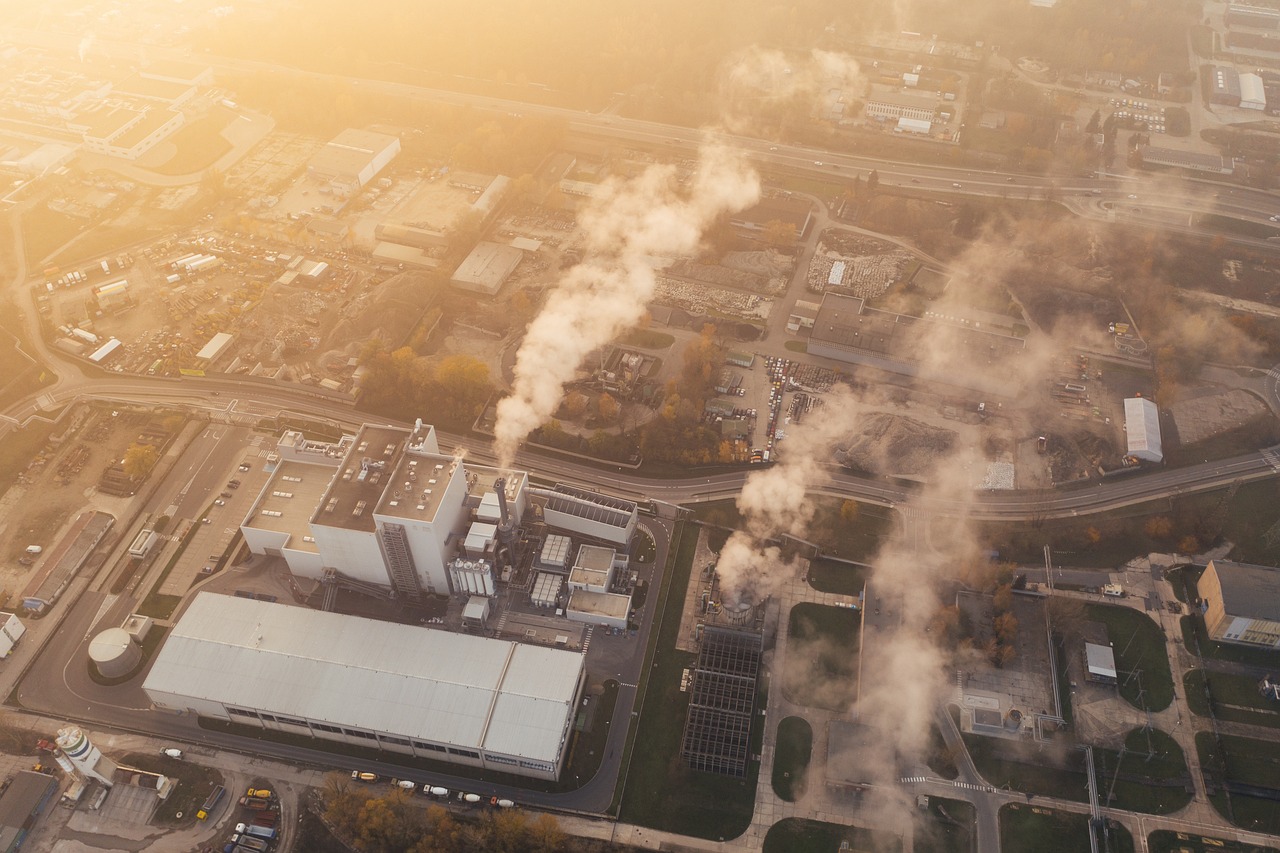Environmental Monitoring.

Environmental Monitoring in the Chemical, Oil, and Gas Industry: A Sustainable Approach
Introduction
Environmental monitoring plays a crucial role in the chemical, oil, and gas industries. As industries strive to minimize their environmental footprint, rigorous monitoring systems ensure compliance with regulations, protect ecosystems, and promote sustainability. This blog explores the importance of environmental monitoring, the latest technologies, regulatory frameworks, challenges, and the future outlook for the industry.
1. Understanding Environmental Monitoring
Environmental monitoring involves systematic collection and analysis of data related to air, water, and soil quality to assess the impact of industrial activities. It includes:
- Air Quality Monitoring – Measuring emissions of greenhouse gases (GHGs), volatile organic compounds (VOCs), and particulate matter.
- Water Quality Monitoring – Assessing contamination levels in surface and groundwater near industrial sites.
- Soil Monitoring – Detecting leaks, spills, and chemical residues that may affect soil fertility and biodiversity.
2. Importance of Environmental Monitoring in the Industry
- Regulatory Compliance – Helps companies meet environmental laws and avoid penalties.
- Ecosystem Protection – Prevents contamination of water bodies, forests, and wildlife habitats.
- Worker and Community Health – Reduces exposure to hazardous pollutants.
- Operational Efficiency – Identifies inefficiencies and leakages, reducing waste and costs.
- Corporate Social Responsibility (CSR) – Enhances a company’s reputation by demonstrating commitment to sustainability.
3. Key Technologies Used in Environmental Monitoring
a. Remote Sensing and Satellite Imaging
Satellites provide large-scale environmental data, tracking pollution, oil spills, and deforestation in real-time.
b. Internet of Things (IoT) and Smart Sensors
IoT devices collect and transmit data from industrial sites, enabling real-time monitoring of emissions, leaks, and environmental hazards.
c. Drones and Unmanned Aerial Vehicles (UAVs)
Drones equipped with infrared and gas-detection sensors help monitor air and land pollution, pipeline integrity, and oil spill spread.
d. Artificial Intelligence (AI) and Big Data Analytics
AI processes large datasets from multiple sensors, predicting trends, detecting anomalies, and optimizing environmental performance.
e. Blockchain for Data Integrity
Blockchain secures environmental data, ensuring transparency and traceability in regulatory reporting.
4. Regulatory Frameworks Governing Environmental Monitoring
Several international and national regulatory bodies enforce environmental monitoring in the industry:
- Environmental Protection Agency (EPA) – USA
- European Environment Agency (EEA) – EU
- United Nations Framework Convention on Climate Change (UNFCCC)
- Occupational Safety and Health Administration (OSHA)
Companies must comply with laws like the Clean Air Act, Clean Water Act, and the Kyoto Protocol to avoid legal and financial risks.
5. Challenges in Environmental Monitoring
- High Costs – Advanced monitoring technologies require significant investment.
- Data Overload – Processing large volumes of data can be complex and time-consuming.
- Inconsistent Regulations – Environmental laws vary across regions, making compliance challenging for global companies.
- Technical Limitations – Some pollutants are difficult to detect with existing technologies.
- Cybersecurity Risks – IoT-based monitoring systems are vulnerable to hacking and data breaches.
6. Best Practices for Effective Environmental Monitoring
- Implement a Comprehensive Monitoring Plan – Cover all environmental aspects including air, water, and soil.
- Adopt Automated and Real-time Systems – Reduce manual errors and ensure prompt responses to issues.
- Regularly Calibrate Sensors and Equipment – Ensure accuracy in data collection.
- Invest in Employee Training – Educate staff on compliance requirements and monitoring best practices.
- Leverage Predictive Analytics – Use AI to anticipate environmental risks and mitigate them in advance.
7. Future Trends in Environmental Monitoring
- Advancement in Nanotechnology Sensors – Smaller, more sensitive sensors will enhance pollutant detection.
- Expansion of AI and Machine Learning – AI-driven insights will improve decision-making in environmental management.
- Increased Use of Blockchain for Compliance – Transparent record-keeping will prevent data manipulation.
- Stronger Global Regulations – Stricter emission standards and sustainability goals will drive technological innovation.
- Integration of Renewable Energy in Monitoring Systems – Solar and wind-powered sensors will reduce monitoring-related carbon footprints.
Conclusion
Environmental monitoring is vital for sustainable operations in the chemical, oil, and gas industries. As technological advancements enhance monitoring capabilities, companies must proactively integrate these solutions to stay ahead of regulatory requirements, protect the environment, and ensure long-term profitability. The future of the industry hinges on innovation, compliance, and corporate responsibility, making environmental monitoring an indispensable aspect of modern industrial operations.


